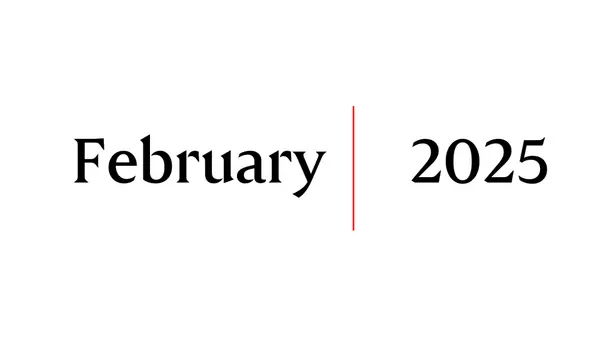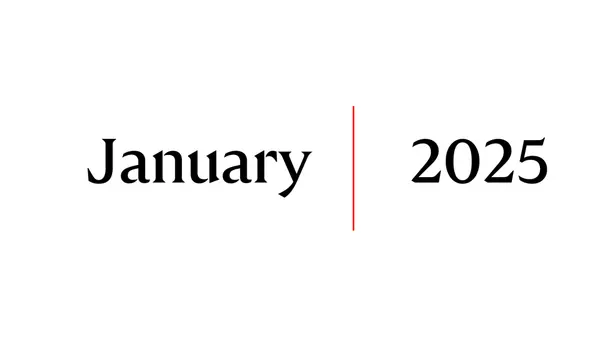Is the Market Tilting Toward Buyers? Here’s What May 2025 Means for You
The housing market is shifting, and both buyers and sellers in Central Florida should see the data. According to USA Today, the national housing inventory is up over 30% year-over-year, easing pressure on buyers and forcing many sellers to rethink their pricing strategy. Nearly 40% of listings acros
Orlando Housing Market Update February 2025: More Homes, Competitive Prices, and Strategic Opportunities
The Orlando housing market showed significant shifts in February 2025, providing valuable insights for buyers and sellers. According to the Orlando Regional REALTOR® Association (ORRA), several key market indicators highlighted important trends. Inventory on the Rise February saw the highest housing
Orlando's Housing Market Shifts: Inventory Surges, Sales Slow, and Prices Rise
The Orlando housing market began 2025 with a significant increase in inventory and new listings, while sales declined, and home prices jumped year-over-year. With interest rates creeping up and more homes hitting the market, buyers have more choices, but affordability remains a challenge. Massive In

Eric English
Phone:+1(352) 308-7111



